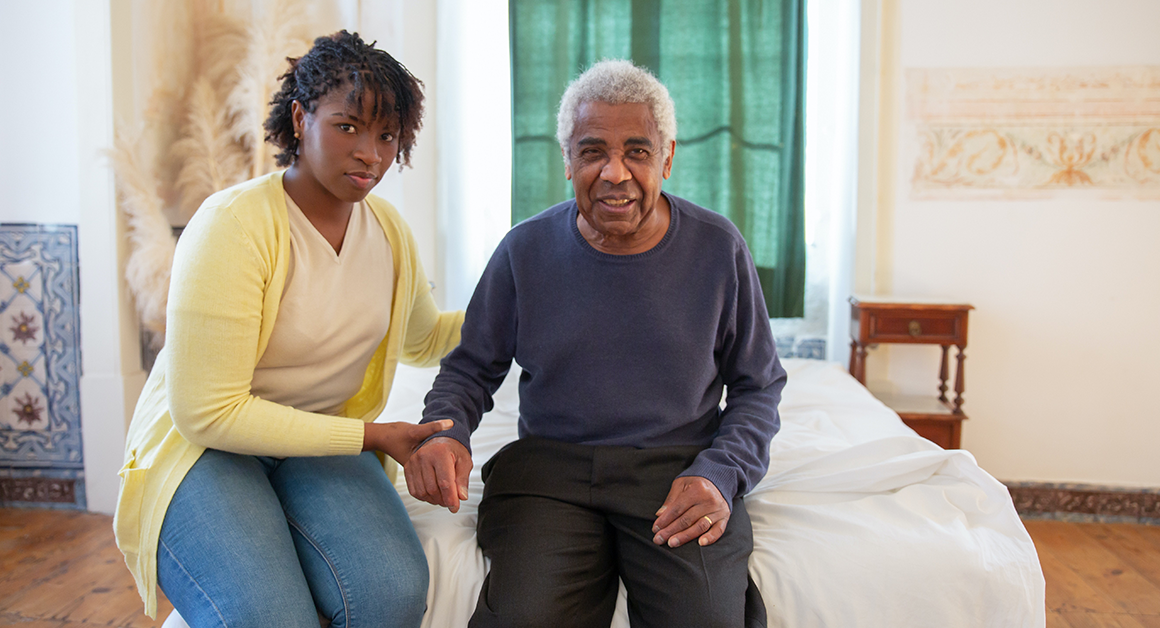The Risk of Falls Among Seniors
Falls Prevention Awareness Week is taking place from September 18-24, highlighting the importance of the subject due to the rising risk of falls among older adults. Experts from Florida Atlantic University (FAU) have revealed alarming statistics, including that every second, an older person in the U.S. suffers a fall injury, resulting in 30,000 seniors each year dying from falling every 20 minutes.
Furthermore, nearly one-third of individuals over 65 fall each year, with one-quarter of those who fall experiencing severe injuries. As a result, 3 million seniors visit the emergency room annually, and 800,000 are hospitalized due to fall injuries.
A recent study by the University of Michigan found that the COVID-19 pandemic has played a role in the increase in fall rates. Inactivity caused by seniors being indoors and the lack of exercise opportunities, combined with social distancing reducing companionship, has raised the risk of falls.
Additionally, many elderly individuals have developed a fear of falling, leading to further inactivity, physical decline, and a higher risk of falling. Fewer older adults have been keeping up with their healthcare appointments, which can help manage many health conditions that raise the fall risk. COVID-19 can also cause weakness, balance problems, and confusion, further increasing the risk of short- and long-term falls.
How Health Conditions and Medications Contribute to Senior Falls
Senior falls are a common problem, and many factors can contribute to their occurrence. Among these factors are health conditions and medications. Some of the most common health conditions that can increase the risk of falls in seniors include:
- Arthritis: Arthritis can cause pain, stiffness, and reduced mobility, leading to balance issues and falls.
- Osteoporosis: Osteoporosis is a condition in which the bones become weaker and more fragile, which increases the risk of fractures and falls.
- Diabetes: Diabetes can cause nerve damage, affecting balance and coordination.
- Vision and hearing problems: Visual and auditory impairments can make it difficult for seniors to navigate their environment safely and increase the risk of falls.
- Cardiovascular disease: Cardiovascular disease can cause dizziness, shortness of breath, and other symptoms that can lead to falls.
In addition to health conditions, medications can also significantly increase the risk of falls. Medications that can cause dizziness, drowsiness, or a drop in blood pressure can increase the risk of falls in seniors. These medications include:
- Sedatives and tranquilizers: These medications can cause drowsiness and impaired coordination, increasing the risk of falls.
- Antidepressants: Some antidepressants can cause dizziness, especially when standing up quickly, leading to falls.
- Blood pressure medications: Medications that lower blood pressure can cause dizziness and lightheadedness, increasing the risk of falls.
- Antipsychotics: Some antipsychotic medications can cause dizziness, sedation, and impaired coordination, increasing the risk of falls.
To reduce the risk of falls in seniors, it’s essential to identify and manage any underlying health conditions and review medications with a healthcare provider. Seniors should also maintain an active lifestyle, exercise regularly, and make environmental modifications to reduce fall risk, such as installing grab bars and removing trip hazards.
Reducing Risk of Falls: 5 Tips for Seniors
Here are five strategies that seniors can implement to lower their risk of falling:
- Exercise regularly: Exercise, including balance and strength training, can help improve stability, flexibility, and coordination, reducing the risk of falls.
- Make modifications to the home environment: Seniors can reduce their fall risk by making modifications to their homes, such as installing grab bars in the bathroom, removing tripping hazards, and ensuring that the home is well-lit.
- Review medications: Seniors should review their medications with their healthcare providers to ensure they are not taking any medications that increase the risk of falling, such as sedatives, tranquilizers, or medications that cause dizziness.
- Get regular vision and hearing checks: Poor vision or hearing can increase the risk of falls. Seniors should get their vision and hearing checked regularly and wear appropriate eyeglasses or hearing aids if necessary.
- Use assistive devices: Assistive devices, such as canes, walkers, or wheelchairs, can help improve balance and mobility and reduce the risk of falls. Seniors should talk to their healthcare providers about which devices may be appropriate for them.
Preventing Falls at Home: Tips for Seniors
To help older loved ones create a safer living environment, families can conduct a home inspection and follow these steps:
- Clear the way: Ensure there’s a clear, unobstructed path in rooms by removing clutter, rearranging furniture, and getting rid of items that could cause your loved one to trip, such as throw rugs and electrical cords. Help them downsize and dispose of items that aren’t necessary.
- Place frequently used items within easy reach: Move frequently used items to lower shelves and drawers to avoid needing your loved one to use a chair or footstool to reach things.
- Eliminate slippery surfaces: Clean up spills immediately, shovel stairs and sidewalks in the winter, and replace slick flooring if necessary.
- Make other safety upgrades: Install grab bars in the bathroom, a second railing on the stairs, and improve lighting throughout the house. Paint the edges of the stairs with a high-contrast color. You can learn more by downloading our Aging-in-Place Guide.
If these efforts are insufficient, it may be best to consider moving to a smaller, single-story home or a senior living community if a senior’s care needs have changed. Although most older adults prefer to remain in their own homes, family members may need to step in and take on some care tasks in these cases.
